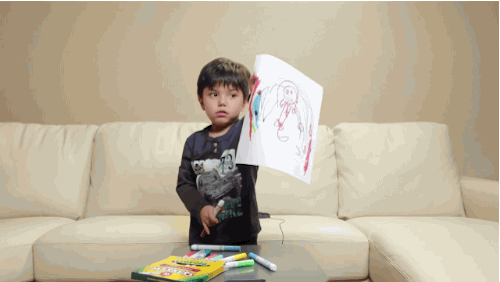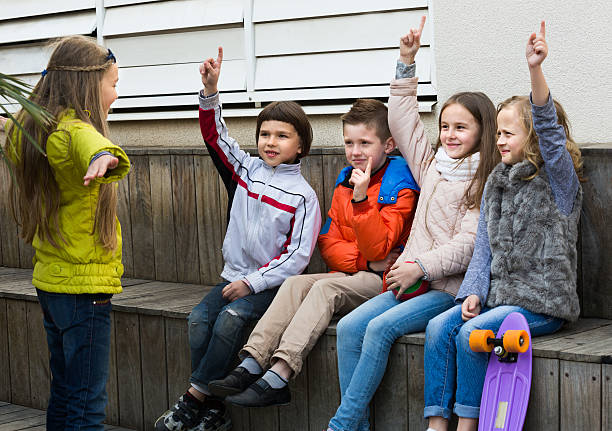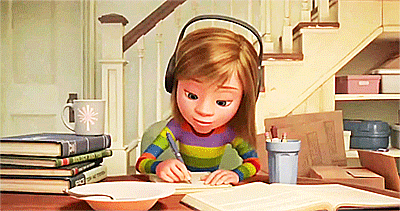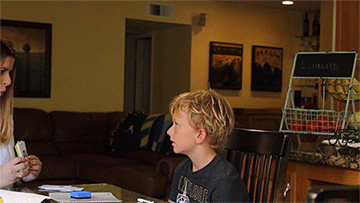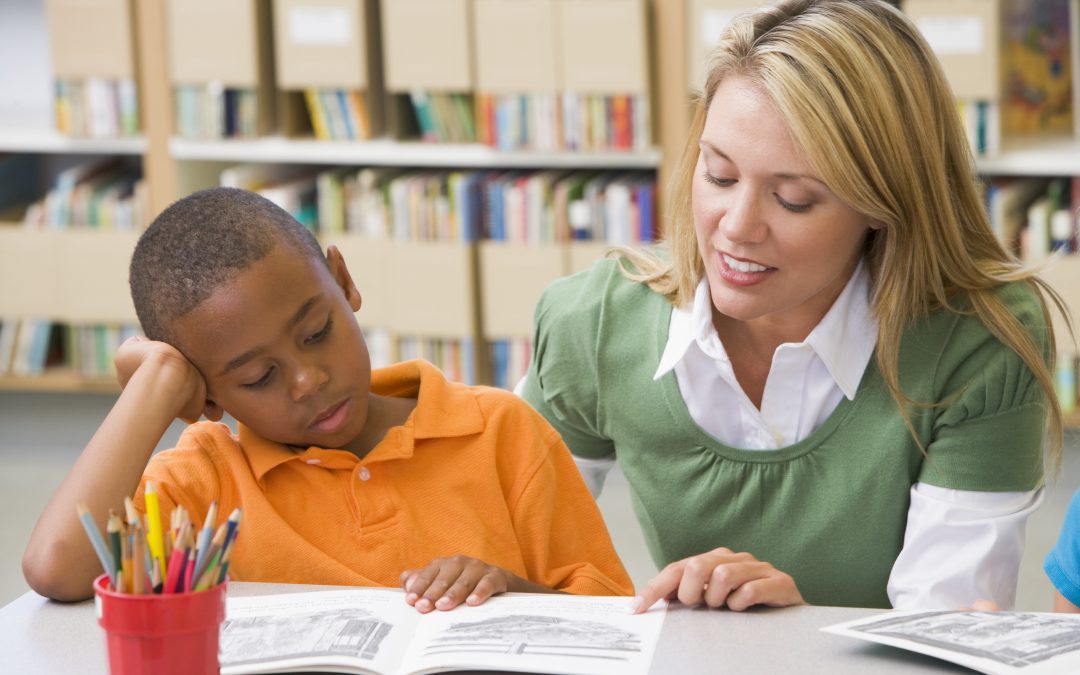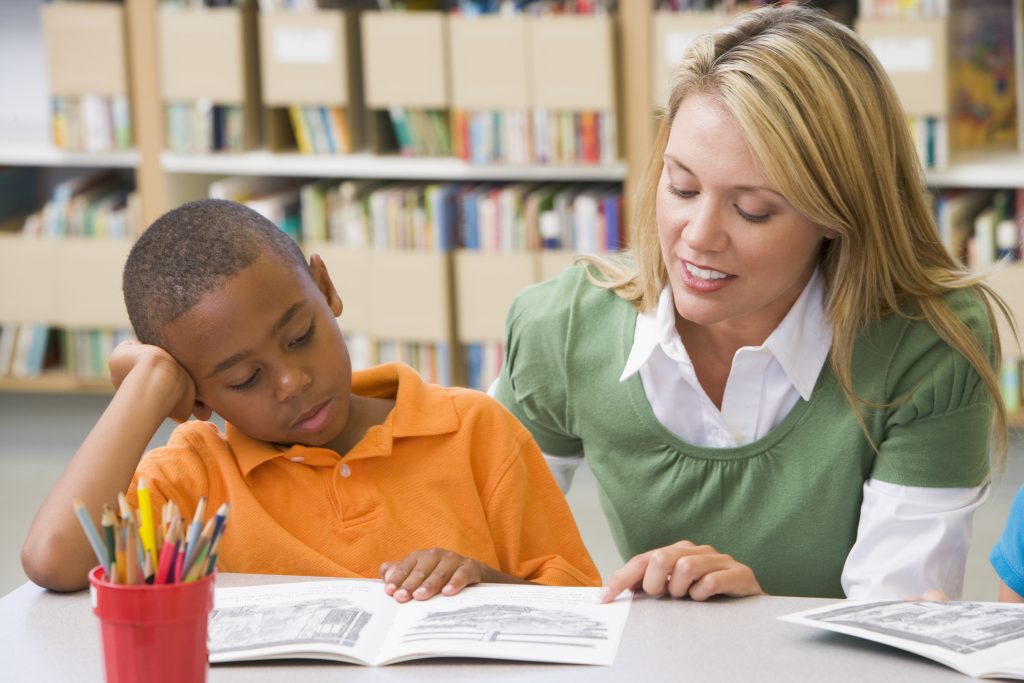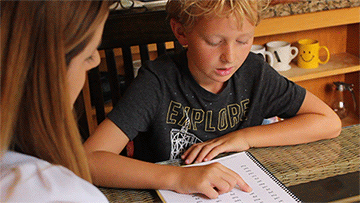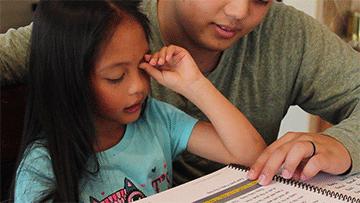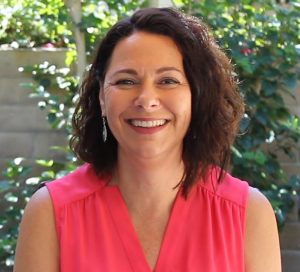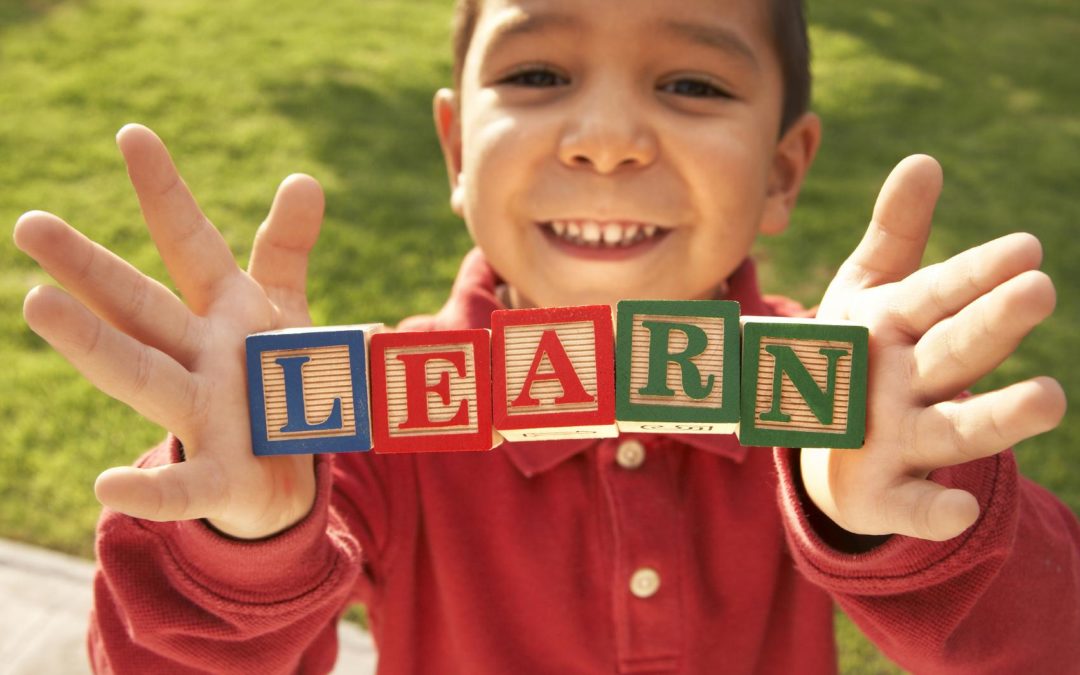
Methods For Teaching Vocabulary So That It Sticks!
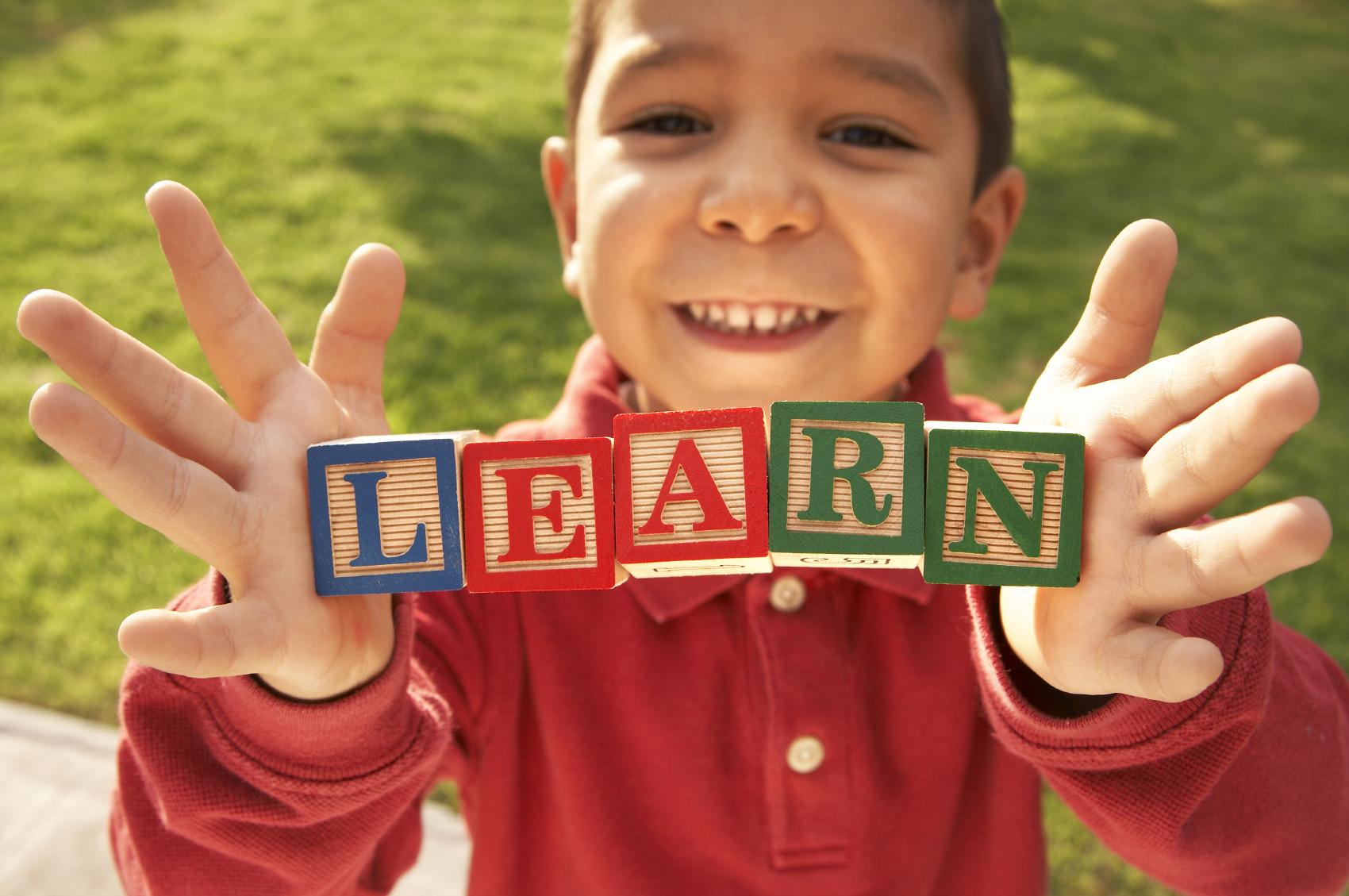
Children typically start Kindergarten knowing around 5000 words. During the next three grades they learn at least one thousand more new vocabulary words per year and by Grade 4, they are learning on average from one thousand to three thousand new vocabulary words per year! According to research, only some words are learned through direct vocabulary instruction in the classrooms or home study programs and all the rest is learned through reading itself! Now you understand why reading a lot is so important in the development of vocabulary. Here is the research – if you want to dig in to it a little deeper.
Reading a lot is the very best way for kids to learn vocabulary, but today I am going to focus on the other part of learning vocabulary. The methods and teaching of it. Although many strategies are effective for students with varying abilities, the following methods always work best for my kids to help make those vocabulary words really “stick”:
How to Introduce Vocabulary Words during Reading
1. Use “child-friendly” language with your child when explaining the words by using everyday language that the child can understand and connect with.
2. Personalize the word to your child that includes references to “you,” “something,” and “someone” to help your child make a personal connection with their own lives.
3. Have your child create their own examples of the word.
After your child understands the meaning of the vocabulary word it is time to write down that word and practice it. This is where you pull out those index cards and markers. Have the kiddos write the word on one side and write the definition on the back side. I review the flashcards with my kids constantly ( I’m talking all year) and it is really encouraging and motivating for the kids to see their vocabulary bundle grow bigger and bigger. I try not to over drill so whenever I can I use some fun review activities. Here are some that my kids really enjoy:
How to Practice Vocabulary Words
– in a fun way!
Click on the toggles below:
Vocabulary Word of the Day
This is the very best way to practice vocabulary and use the entire family in the process. Post one of the flashcards up on the front door. Every time your child walks in and out of the door they have to give you the word in a sentence. Make the whole family participate in it – so much fun! You can also make it Vocabulary of the Week – if the child (or anyone else in the family) needs extra practice time.
A Word About Audiobooks…
Listen to audiobooks regularly! Audio books will help expand your child’s listening vocabulary. Later on, when your child runs into the same word in print, they will be better able to decipher the word and its meaning by having already had the exposure to it beforehand. I always have my kids listen to a novel first, before reading it. It gives them the pronunciation of those difficult to pronounce locations, names and other Proper Nouns that they struggle with when reading. My local library offers free audiobooks with a library card, see if your local library offers the same service. If not you can purchase audiobooks from Amazon or iBookstore. If your child has been diagnosed with a learning disability you can also look into Learning Ally which is a non profit volunteer organization.
I hope these vocabulary methods and strategies work as well with your kids as they do with mine. If you have any other methods or tips that work for you, please include them in the comments section of this post. If you enjoyed reading this post, you might also enjoy reading Spelling With Letter Tiles.
Thank you so much for visiting my Blog today!

Karina Richland, M.A., is the author of the PRIDE Reading Program, a multisensory Orton-Gillingham reading, writing and comprehension curriculum that is available worldwide for parents, tutors, teachers and homeschoolers of struggling readers. Karina has an extensive background in working with students of all ages and various learning modalities. She has spent many years researching learning differences and differentiated teaching practices. You can reach her @ info@pridereadingprogram.com or visit the website at www.pridereadingprogram.com

